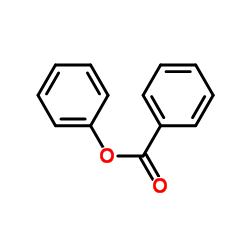Chloride current activated by cyclic AMP and parathyroid hormone in rat osteoblasts.
D Chesnoy-Marchais, J Fritsch
Index: Pflugers Arch. 415(1) , 104-14, (1989)
Full Text: HTML
Abstract
In primary cultures of rat osteoblasts, studied with the whole-cell configuration of the patch-clamp technique, 8-bromo-cyclic AMP (8BrcAMP) forskolin (FS) and 1-34 parathyroid hormone (PTH) were shown to activate a Cl conductance. This conductance shows a pronounced outward rectification, even with symmetrical Cl concentrations. It is blocked partially and reversibly by 4,4'-diisothiocyanatostilbene 2,2'-disulfonic acid (DIDS) or diphenylcarboxylate (DPC). The blockade induced by DIDS is time- and voltage-dependent. The Cl responses to FS and PTH develop slowly, after a delay of several seconds and are very slowly reversible. These responses were observed only in a fraction of the cells tested and their detection was favoured by cell dialysis. This Cl current should be taken into account for studying possible modulations of the voltage-gated Ca currents of osteoblasts. It is suggested that its physiological role may be related to the well-known morphological changes induced by PTH in osteoblasts. The cyclic AMP-sensitivity, the outward rectification and the sensitivity to dialysis of this Cl current are reminiscent of the properties of the cystic fibrosis-sensitive Cl channels of epithelial cells.
Related Compounds
| Structure | Name/CAS No. | Molecular Formula | Articles |
|---|---|---|---|
 |
Phenyl benzoate
CAS:93-99-2 |
C13H10O2 |
|
Pressurized liquid extraction-gas chromatography-mass spectr...
2016-04-01 [J. Chromatogr. A. 1440 , 37-44, (2016)] |
|
Discrimination of skin sensitizers from non-sensitizers by i...
2016-09-01 [J. Appl. Toxicol. 36 , 1129-36, (2016)] |
|
Cellular ATP release by the cystic fibrosis transmembrane co...
1996-02-01 [Am. J. Physiol. 270(2 Pt 1) , C538-45, (1996)] |
|
Hyperexpression of recombinant CFTR in heterologous cells al...
1998-02-01 [Am. J. Physiol. 274(2 Pt 1) , C310-8, (1998)] |
|
Potassium efflux from infant and adult rat choroid plexuses:...
1994-03-14 [Neurosci. Lett. 169(1-2) , 207-11, (1994)] |